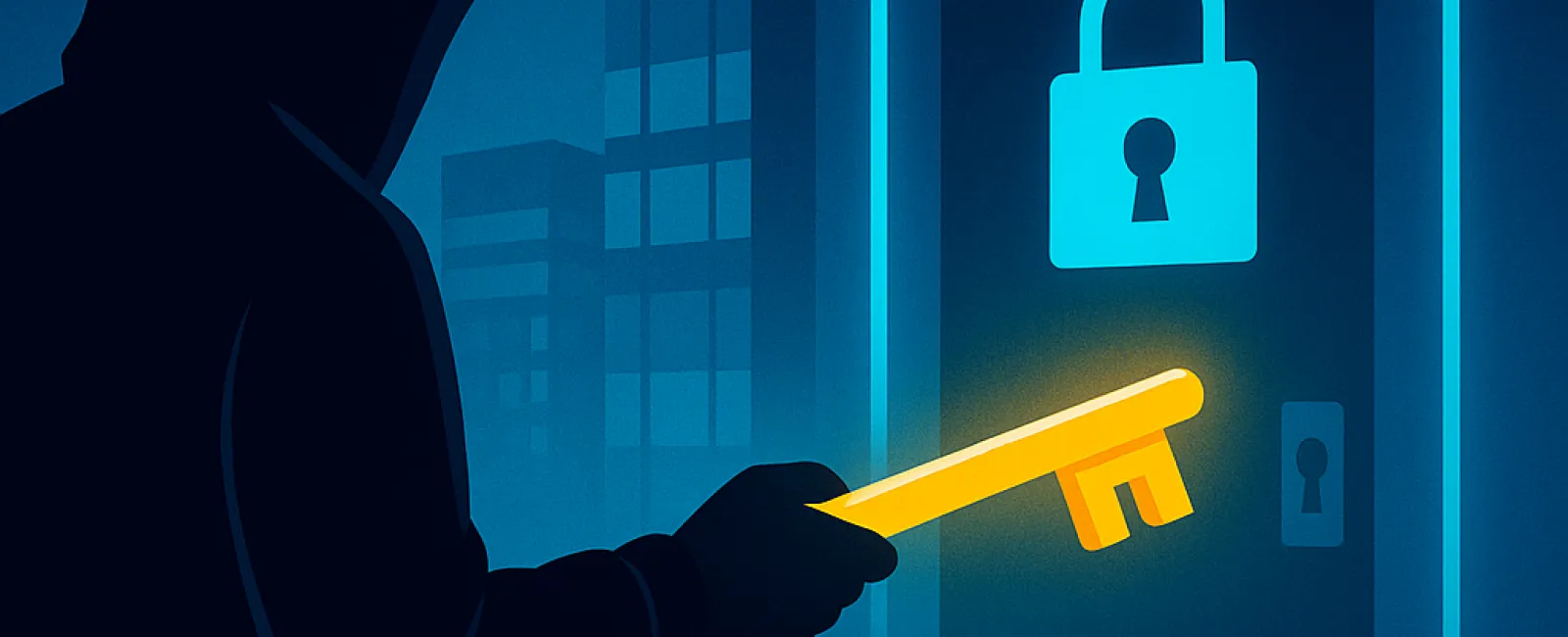August 04, 2025
Cybercriminals are evolving their tactics against small businesses. Rather than forcefully breaking in, they gain entry quietly by exploiting something more valuable: your login details.
This method, known as identity-based attacks, has rapidly become the leading technique hackers use to infiltrate systems. They steal passwords, deceive employees with phishing emails, or bombard users with login requests until someone unwittingly grants access. Sadly, these strategies are proving increasingly effective.
Research from a top cybersecurity firm reveals that in 2024, 67% of major security breaches stemmed from stolen credentials. High-profile companies like MGM and Caesars fell victim to these assaults last year — highlighting that small businesses are equally at risk.
How Do Hackers Sneak In?
Most attacks begin with something as simple as a stolen password, but the strategies behind them are becoming more sophisticated:
· Phishing emails and counterfeit login pages trick employees into revealing their login information.
· SIM swapping enables cybercriminals to intercept the text messages used for two-factor authentication.
· Multi-Factor Authentication (MFA) fatigue attacks relentlessly send login requests to your device until someone mistakenly clicks "Approve."
Attackers also exploit vulnerabilities through personal employee devices or external vendors like help desks and call centers to gain entrance.
Protect Your Business With These Key Steps
The good news? You don't need advanced technical expertise to secure your company. Implementing a few strategic measures can significantly strengthen your defenses:
1. Enable Multifactor Authentication (MFA)
Add an extra verification layer to your login process. Opt for app-based or security key MFA, which offer far greater protection than traditional text message codes.
2. Educate Your Team
Your security is only as strong as your staff's awareness. Train employees to detect phishing and suspicious login attempts and establish a clear process for reporting concerns.
3. Restrict Access
Limit user permissions strictly to necessary functions. If an account is compromised, restricted access minimizes potential damage.
4. Use Strong Passwords or Go Passwordless
Encourage the use of password managers or transition to passwordless authentication methods such as fingerprint scanners or security keys.
The Bottom Line
Hackers continually refine their approach to steal login credentials, but you can stay one step ahead without overwhelming your team.
We're here to help you implement the right safeguards that keep your business secure while maintaining simplicity and ease for your employees.
Wondering if your business is at risk? Let's connect. Click here or call us at (858) 538-4729 to schedule your Consultation.




